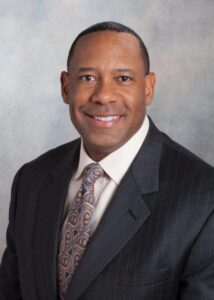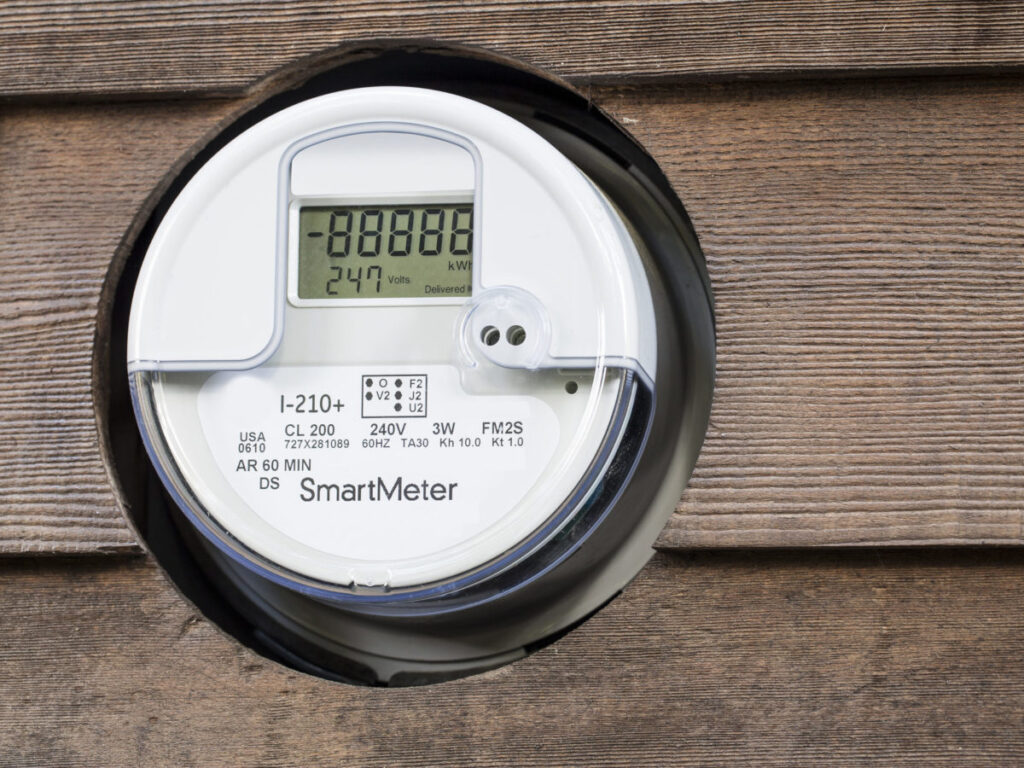Xcel Energy and Google collaboration indicates a shift in how utilities are serving customers

Brett Carter, executive vice president and Chief Customer & Innovation Officer at Xcel Energy discusses the company’s partnership with Google.

The internet has changed many things about how people purchase goods and do business, but one thing stands out among most consumers today: they want to pay for whatever, whenever and wherever it is the easiest and most convenient. Some might call this lazy, but for most people, this is simply how they are being trained to conduct business.
Think about the evolution from manually entering your credit card information online to pay for something, to being able to use PayPal (which requires about 30 seconds to log in for each purchase), to now being able to pay immediately by placing your fingerprint on your iPhone. Leaders in the digital marketplace are all about making the process as simple and quick as possible. Why should it be any different for utilities?
In October, Xcel Energy announced that it was partnering with Google to develop solutions to improve the customer experience, from billing to energy program enrollment and personalized savings information. Following the announcement, I had the opportunity to ask Brett Carter, Xcel’s executive vice president, Chief Customer & Innovation Officer, about the partnership and what specifically it has in store for customers.
How did this partnership come about?
Our collaboration with Google is one of the many ways we’re enhancing the customer experience. Customer expectations are increasing for businesses across industries, giving all companies an opportunity to deliver an increasingly positive customer experience. (…) As a national leader in clean energy, we’re pleased to be working with (a company) that shares our values on sustainability. We’re always exploring new ways to help our customers achieve their energy goals, whether that is controlling their energy use or choosing clean energy sources. Technology and innovation can play important roles in how we deliver those options for our customers.
What specific implications does this have for customers? New offerings?
Sometime (in 2019), we anticipate offering customers the option to use voice commands to pay their Xcel Energy bill. We envision that our customers will access their account information through Google Assistant, allowing (them) to simplify tasks such as managing their energy. The collaboration is already underway with the release of our first set of voice actions that provide customers energy efficiency tips for their homes.
How does this sit with customer experience trends in other markets, like mobile or insurance?
When it comes to customer service, we compare ourselves to best-in-class companies and we’re striving to make it easier for customers to do business with us. We’re also offering innovative products and services such as our customer choice program, Renewable Connect, allowing customers an affordable and flexible way to receive up to 100% of their electricity from renewable energy.
Xcel Energy is committed to giving our customers and communities choices that help them achieve their energy goals and we look forward to developing and deploying new solutions during our work with Google in the months ahead.
Brett Carter is executive vice president and Chief Customer and Innovation Officer at Xcel Energy. Carter oversees the key areas of marketing, customer service, information technology, and communications. Carter most recently held senior leadership roles with Bank of America, where he oversaw key business areas of operations, technology and shared services. He previously held leadership roles in operations, marketing, and technology at several major utilities, including Duke Energy, UtiliCorp/Aquila, and Dominion. Carter holds a bachelor of science in Accounting from Clarion University, an MBA with an emphasis on Marketing from the University of Pittsburgh, and has completed the Harvard Business School Advanced Management Program.





